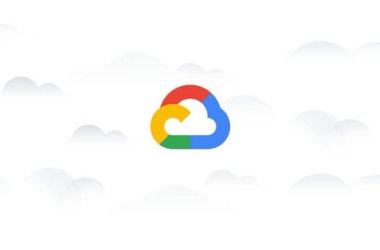 Although it’s been over half a year since Google unveiled Android 4.0 (“Ice Cream Sandwich”), the platform has been adopted by just under 3% of all Android devices.
Although it’s been over half a year since Google unveiled Android 4.0 (“Ice Cream Sandwich”), the platform has been adopted by just under 3% of all Android devices.
According to the latest figures released yesterday on the Android Developers homepage, Ice Cream Sandwich accounted for 2.9% of all Android devices that accessed the Google Play store over a two-week period ending on April 2. This is a significant uptick from the data released last month showing that just 1.6% of all Android devices had Ice Cream Sandwich, but it still shows that Google has a way to go before Version 4.0 becomes the standard edition of Android
Google 2.3 (“Gingerbread”) is still the dominant flavor of Android, as the platform accounted for 63.7% of all Android devices that accessed Google Play over Google’s measurement period. This is actually an increase from last month, when Google found that 62% of all Android devices accessing the store were using Gingerbread. Google 2.2 (“Froyo”) saw its share decline on Android devices accessing Google Play this month, dropping to 23.1% from 25.3% last month.
The share of Ice Cream Sandwich devices accessing Google Play should increase significantly in the coming months, however, as several new devices based on the platform are slated for release in the near future. Last month’s Mobile World Congress trade show in Barcelona saw the debut of several new Ice Cream Sandwich devices, including the Huawei Ascend D Quad, the HTC One X, the Asus Padfone, the LG Optimus 4X HD, the Acer Liquid Glow and the Acer CloudMobile. What’s more, Verizon announced last month that several of its high-profile Android devices, such as the Motorola Droid 4, the Motorola Droid Razr, the Samsung Galaxy Tab 10.1 and the HTC ThunderBolt, are scheduled to get upgraded to Ice Cream Sandwich in the near future.
Ice Cream Sandwich, which made its public debut last October, is the first edition of Google’s open-source Android mobile platform that has been optimised for both tablets and smartphones. Google developed the platform to unite Android on both form factors and thus give application developers assurance that they can develop applications for Android that will perform consistently over different types of devices. In addition, the operating system came with several new features including a lock screen that can unlock using facial recognition software; Android Beam, technology that lets users send contact information, directions, Web pages and more via near field communications by tapping their phones together; and integration with the Google+ social network that lets users host online video chats among their circles of friends.





